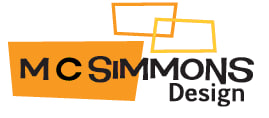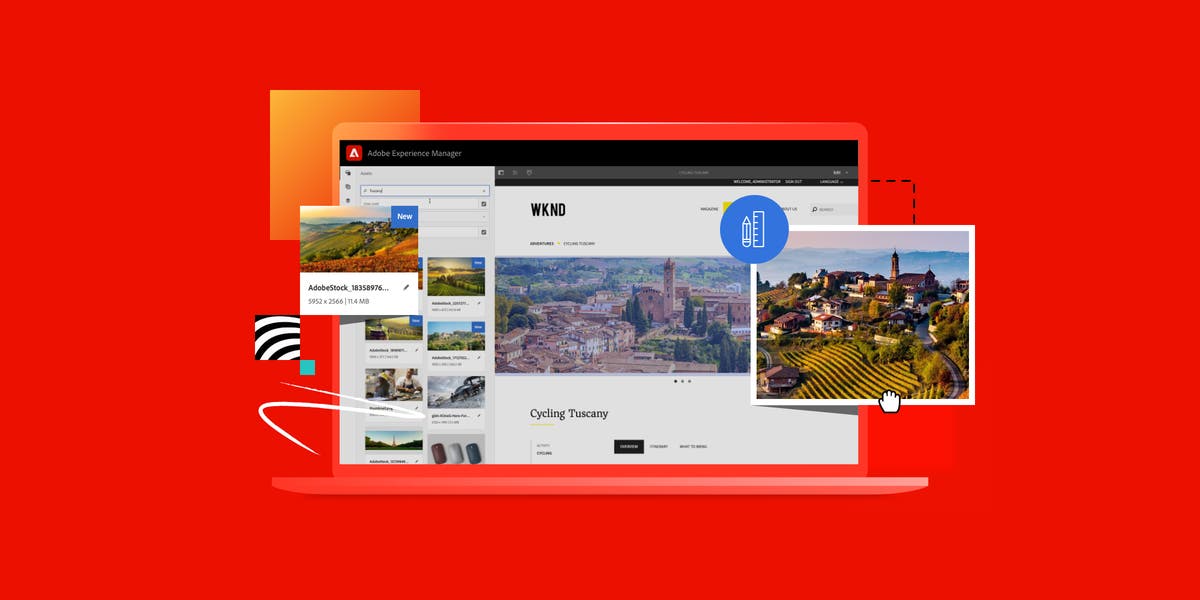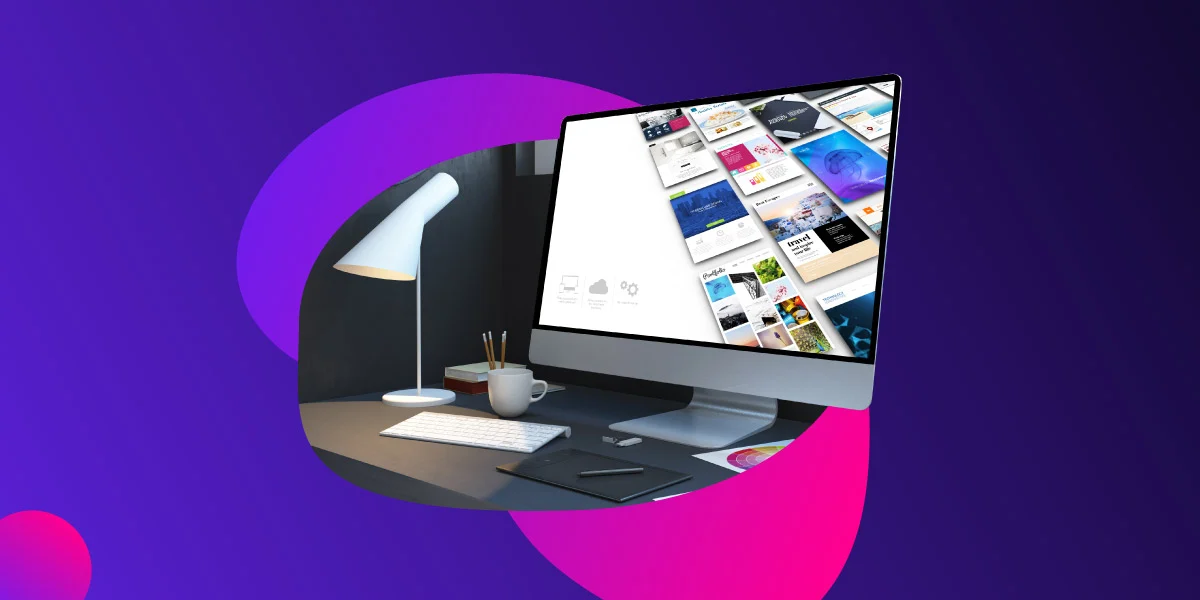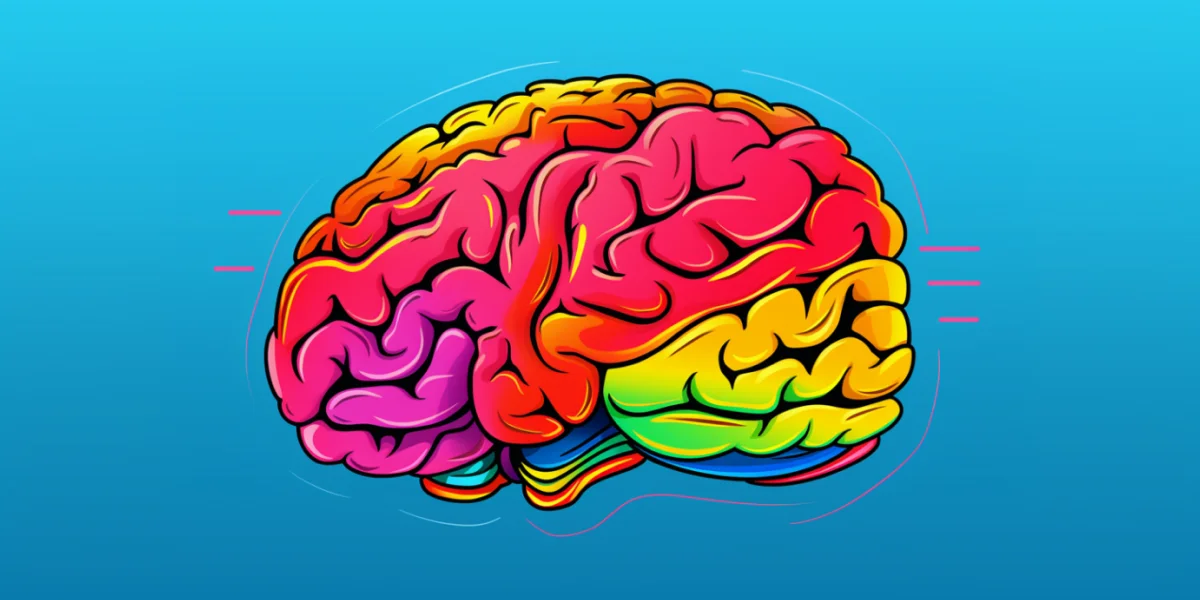In the world of web design, every color choice carries significance beyond mere aesthetics. Colors have the power to evoke emotions, convey messages, and influence user behavior. By understanding the principles of color psychology, web designers can leverage the psychological effects of color to craft emotionally engaging websites that resonate with users on a deeper level. Let’s explore the fascinating world of color psychology in web design and discover how it can be used to create compelling and impactful online experiences.
1. Understanding Color Associations
Color psychology is based on the idea that different colors evoke specific emotions and associations in people’s minds. For example, warm colors like red, orange, and yellow are often associated with energy, passion, and warmth, while cool colors like blue and green evoke feelings of calmness, trust, and stability. By understanding these associations, designers can strategically use color to create the desired emotional response and reinforce the messaging and branding of a website.
2. Establishing Brand Identity
Color plays a crucial role in establishing brand identity and recognition. Consistent use of colors across a website helps to reinforce brand identity and create a cohesive visual experience for users. By selecting colors that align with the brand’s personality and values, designers can evoke the desired emotional response and create a strong connection with the target audience. For example, a health and wellness brand might use calming shades of green and blue to convey a sense of tranquility and well-being, while a tech company might opt for bold, vibrant colors to communicate innovation and dynamism.
3. Creating Visual Hierarchy
Color can also be used to create visual hierarchy and guide users’ attention to key elements on a webpage. Bright, contrasting colors can be used to draw attention to important calls-to-action, while more subdued colors can be used for secondary elements. By strategically applying color to different elements of a webpage, designers can create a clear and intuitive user experience that guides users through the content and encourages action.
4. Enhancing Readability and Accessibility
In addition to evoking emotions and creating visual hierarchy, color choices also play a crucial role in enhancing readability and accessibility. High contrast between text and background colors improves readability, especially for users with visual impairments. Designers must consider factors such as color blindness and low vision when selecting color palettes to ensure that websites are accessible to all users. By adhering to accessibility guidelines and testing color combinations for readability, designers can create inclusive and user-friendly websites that cater to a diverse audience.
5. Experimenting with Color Schemes
While understanding the psychological effects of individual colors is important, designers can also experiment with color schemes to create unique and visually engaging designs. Analogous color schemes, which use colors that are adjacent to each other on the color wheel, create a sense of harmony and unity. Complementary color schemes, which use colors that are opposite each other on the color wheel, create contrast and visual interest. By experimenting with different color combinations and palettes, designers can create websites that stand out and leave a lasting impression on users.
Conclusion: Crafting Emotionally Engaging Websites
In conclusion, color psychology is a powerful tool that web designers can use to create emotionally engaging websites that resonate with users on a profound level. By understanding the psychological effects of color, establishing brand identity, creating visual hierarchy, enhancing readability and accessibility, and experimenting with color schemes, designers can craft compelling and impactful online experiences that leave a lasting impression. Whether it’s evoking feelings of warmth and trust or creating a sense of excitement and energy, color plays a central role in shaping the emotional response of users and elevating the design of websites to new heights.




